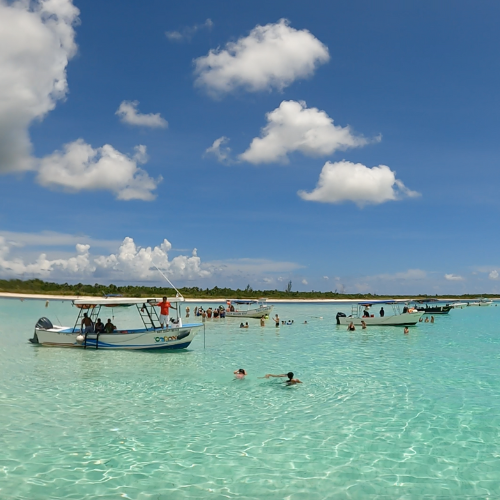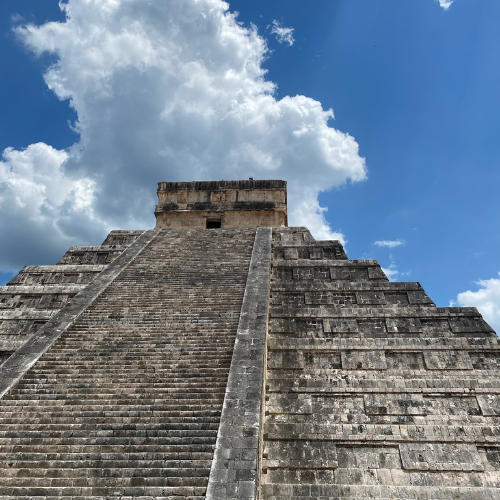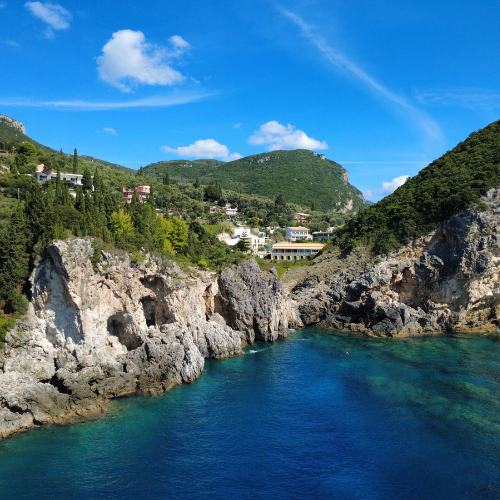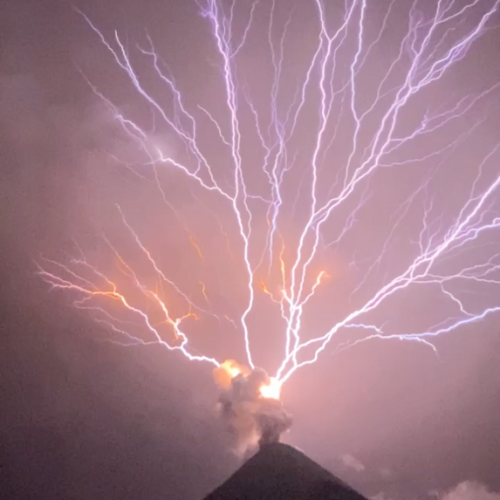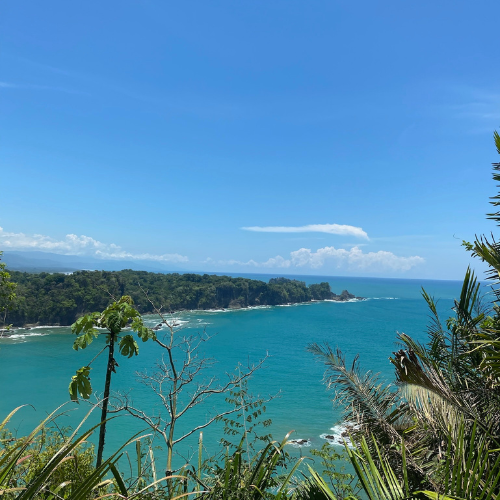Cozumel in 3 Days : Transparent Boat & El Cielo (Tested)
Cozumel is often associated with cruise ships and scuba diving, but during our 3-day stay as a couple in September 2024, we discovered a much more relaxed, authentic, and surprisingly romantic side of the island. Easily accessible from Cancún and Playa del Carmen, Cozumel is perfect for a short escape focused on boat tours, turquoise water, snorkeling, and slow island life. This guide is based entirely on our real experience, with honest tips, logistics, and highlights. If you’re looking for a detailed itinerary covering the Yucatán Peninsula and its must-see stops, you can also check out my full guide : 2-Week Mexico Itinerary: Yucatán Road Trip (Tested & budget). This post may contain affiliate links, which means I may earn a small commission if you book through them, at no extra cost to you. How to Get to Cozumel We landed at Cancún International Airport, then: Took an ADO bus to Playa del Carmen (comfortable, affordable, very easy) Spent one night in Playa del Carmen Took the ferry to Cozumel the next morning (I booked with GetYourGuide, perfect!) The ferry ride is straightforward and smooth, making Cozumel one of the easiest Mexican islands to reach. Where We Stayed in Cozumel We chose Villablanca Garden Beach Hotel, mainly for one reason : its location. The hotel is located right in front of the transparent boat tour dock, which was the main experience we wanted to do. It made everything incredibly convenient, especially after a long travel day. The hotel itself is simple but comfortable, perfect if you plan to spend most of your time exploring. Day 1 : Arrival & Transparent Boat Tour We arrived in Cozumel around lunchtime. It was raining heavily, which initially felt disappointing : but it didn’t last long and didn’t ruin the day at all. Private Transparent Boat Tour (Highlight) We booked a private transparent boat tour for two, and it was absolutely incredible. The experience included: Several stops to observe sunken shipwrecks directly through the transparent bottom of the boat A snorkeling stop in crystal-clear water Drinks and fresh pineapple onboard Being alone on the boat made the experience feel very special and intimate. If you’re visiting Cozumel as a couple, this is 100% worth it. After the tour, we grabbed a few beers at the bar next to the dock, went back to the hotel for a shower, and rested. Dinner in Cozumel Town In the evening, we took a taxi to the city center for dinner. We expected more nightlife and animation, but the atmosphere was calm. That said, the island felt very clean, safe, and pleasant, even outside the main hotel zones. Day 2 : Jeep Rental & Island Loop On our second day, we rented a jeep with HTL Rentals : one of the best decisions of the trip. Local Lunch at the Central Market We started the day at the central market, where we enjoyed a local lunch and tasted a wide variety of Mexican dishes. This was one of the most authentic meals of the trip. Driving Around the Island We then spent the day driving around the island, stopping at different beaches along the way. Each one felt different, and all were stunning. Cozumel is perfect for this kind of exploration : Easy roads Incredible coastal views Plenty of spontaneous beach stops In the evening, we followed the same routine: dinner in town, then back to the hotel to rest. Day 3 : El Cielo Boat Tour & Back to Playa del Carmen We left the hotel early and headed to the ferry terminal to book a tour with Pink Tour. El Cielo Boat Tour (5+ Hours) Unlike the private transparent boat tour, this one was shared and fully booked, but still very enjoyable. The tour included: Multiple snorkeling stops Shipwrecks A turtle sanctuary (very crowded) A starfish area And finally… El Cielo. El Cielo Lagoon El Cielo is a shallow lagoon with: White sand Turquoise water Water reaching only waist height It was genuinely magical and lived up to the hype. Drinks and snacks were included, and the atmosphere was relaxed and joyful. Price: around $50 USD per person After the tour, we took the ferry back to Playa del Carmen. (If you love boat experiences and are planning a trip through the Yucatán Peninsula, I also wrote a full article about our catamaran cruise on the Bacalar Lagoon, which is another must-do for water lovers in Mexico.) Last Night in Playa del Carmen We stayed at Kinta Kan Cabanas Hotel Playa del Carmen, right on the beach. We enjoyed: Cocktails on the beach at sunset Dinner at Osteria de Roma, without exaggeration one of the best Italian meals of my life Everything : the food, the service, the quality, was exceptional. We went to bed early, as we had a 4 a.m. bus to catch for our early morning flight out of Mexico. ✨ Tips from Shiny Expatrie Frenchie ✨ Is Cozumel worth it ? Yes! Cozumel is absolutely worth adding to your itinerary : especially if you’re looking for a simple, beautiful, and stress-free island escape. This island is a great choice if : You love boat tours and snorkeling experiences You’re traveling as a couple and want something relaxed yet memorable You prefer nature, turquoise water, and slow moments over nightlife You only have a few days but still want a real “wow” experience Cozumel genuinely surprised me in the best way. It’s not about luxury resorts or party scenes : it’s about the sea, the light, and slowing down. If you’re already traveling through the Yucatán Peninsula, adding Cozumel to your trip is an easy decision you won’t regret. And if you’re planning a longer trip in Mexico, you can find more detailed tips in my 2-week Yucatán road trip itinerary, or read about my catamaran cruise on the Bacalar Lagoon for another unforgettable boat experience. BISOUS
Cozumel in 3 Days : Transparent Boat & El Cielo (Tested) Read More »

